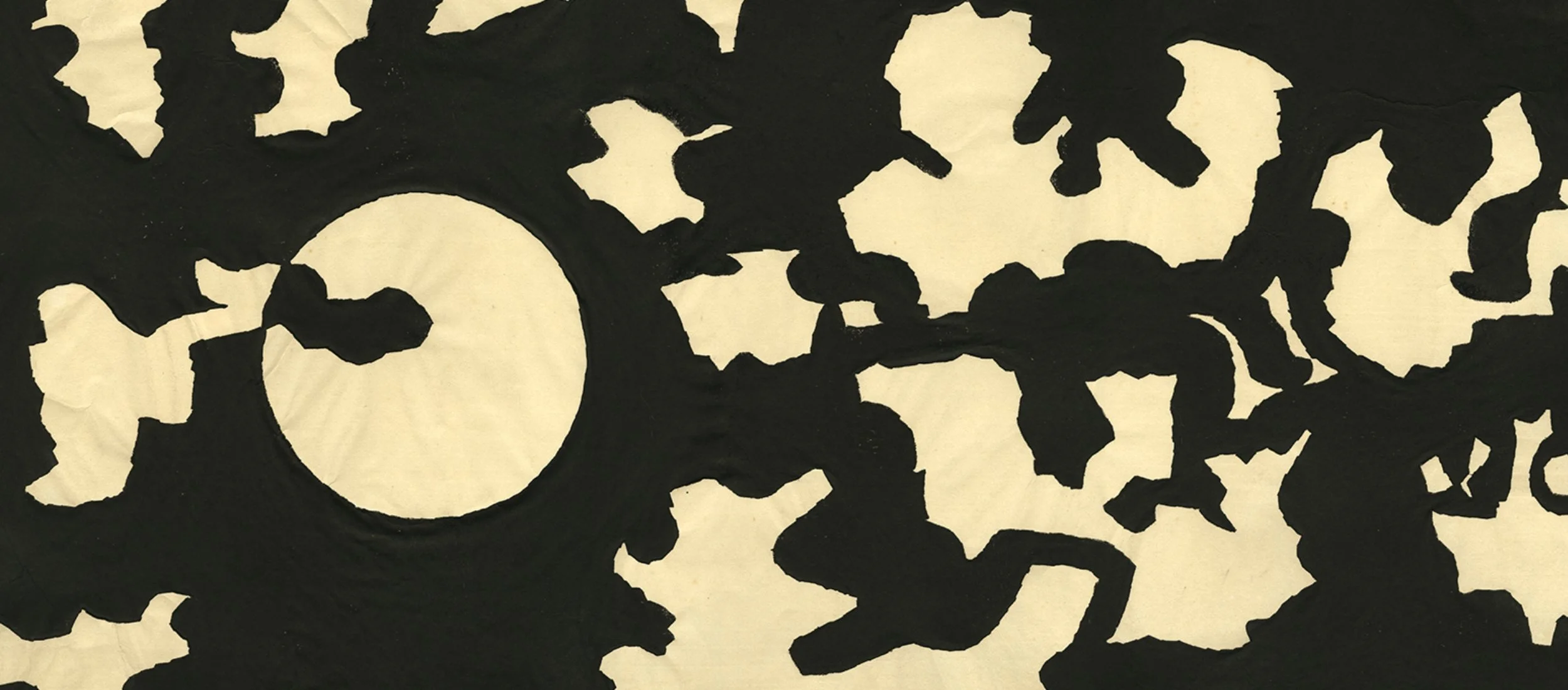HIRATSUKA
COLLECTING JAPANESE PRINTS FEATURED SOSAKU HANGA ARTISTUn’ichi Hiratsuka
1895 - 1997
Profile at a Glance:
One of the leaders of Sosaku Hanga movement
Produced prints in both black and white and color, he is most remembered for his large scale B&W designs
Moved to the US in 1962 and returned to Japan in 1996
Born in Matsue, Shimane Prefecture to a family of carpenters specializing in temple construction, Hiratsuka Un'ichi was a pioneering sosaku hanga artist instrumental in educating many printmakers of his generation. After attending a course in Western-style watercolors with Ishii Hakutei, Hiratsuka moved to Tokyo in 1915 to become his pupil. Hakutei soon introduced him to master block cutter Igami Bonkatsu, under whom Hiratsuka studied for six months.
A year later, he exhibited his first mokuhanga print. Throughout the 1920s, Hiratsuka served as a member of the Nihon Sosaku Hanga Kyokai, teaching classes in block-cutting while working as a woodblock carver. Among his most famous pupils were artists Asada Benji, Asabo Takeji, Kamei Tobei, Munakata Shiko, Nakagawa Isaku, Azechi Umetaro, Tokuriki Tomikichiro, and Maeda Toshiro. To reach a wider audience, Un'ichi founded the organization Kitsutsuki, active during the following decade, and supervised the publication of its magazine Kitsutsuki Hangashu from 1942 to 1943. Hiratsuka further contributed to numerous periodicals, including Shi to Hanga, Han Geijutsu, Han, Shiro to Kuro, HANGA, Dessan, Kasuri, and Mura no Hanga, in addition to exhibiting works at Shun'yokai and the National Painting Creation Association. In the wake of the Great Kanto Earthquake in 1923, he created the print series Scenes of Tokyo after the Earthquake (1923–1927) and Scenes of Azuchi (1931). He also learned how to carve and construct frames for oil painters, a skillset he later contributed to Yamamoto Kanae's Farmers Art movement in 1924. In 1931, Hiratsuka served as head of the print section of Kokugakai. From 1935 to 1944, he resumed teaching at the Tokyo School of Fine Arts and, in 1939, exhibited one hundred pieces of his collection of Buddhist prints at the Tokyo Folk Art Museum. In 1962, he moved to Washington, D.C., where he remained producing and collecting prints.
Upon his return to Japan in 1970, Hiratuska was awarded the Order of Cultural Merit and in May that same year the Order of the Sacred Treasure, Third Class. In 1991, the Suzaka-Hanga Museum (otherwise known as the Hiratsuka Un'ichi Hanga Museum) was opened in Suzaka, Nagano Prefecture shortly before Hiratsuka's death six years later in 1997.







